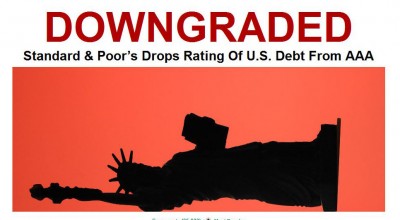The US News survey is somewhat biased against big schools. Here’s a much more rigorous and modest survey of law school outcomes that is up front about its bias in favor of big law schools, and which finds Miami at #26 in terms of number of partners at major US law firms.
Theodore P. Seto, Where Do Partners Come From? writes,
You are a hiring partner. You need to spend your recruiting dollars as efficiently as possible. Which law schools offer the largest pools of potential future partners for you and your firm to explore? You are applying to law school. Your long-term ambition is to become a partner in a national law firm in city X. Which schools may increase your chances of realizing that ambition?
To date, no published study has attempted to answer the question: Which law schools produce the largest numbers of partners at national law firms? This article is intended to fill that gap.
…
St. John’s, a school only slightly larger than the U.S. average, outperforms its U.S. News ranking by an astonishing 53 places; Miami by 51 places; Villanova by 49; DePaul 47; Catholic 43; Loyola Chicago 42.
What do these numbers mean?
First, they tell us that not all schools produce national law firm partners at rates consistent with their U.S. News rank, even controlling for size. Some produce more; some less. The data do not tell us why. It may be that, for whatever reason, students interested in becoming big-firm partners tend to be attracted to a particular school. Or perhaps the school’s admission practices favor such students. It may be that, because of the culture of the school, graduates who accept associate positions do so seriously, with the intention of really trying to make partner, not just to “get some experience” before moving on. It may even be that some schools actually provide superior preparation for big-firm practice – that some schools teach law and/or practice skills more effectively than others. Whatever the reason, 25 years of data is probably enough to capture real differences, even if we cannot explain them.
Second, not surprisingly, large schools generally produce more NLJ 100 partners than small schools. From an employer’s perspective, size is relevant in deciding where to interview.
Is this unfair to small schools? Prof. Seto argues that he is just applying a different perspective:
Many rankings – U.S. News, among others – compare schools predominantly on a “per capita” or “per student” basis. The premise is that schools whose average students (or professors) are better should be ranked higher. This may make sense if one’s goal is to establish a Platonic hierarchy. Theoretical rankings, however, are often of only indirect relevance to real-world decisions. Economies of scale exist in law firm hiring, as elsewhere. If employers cared solely about per capita outcomes, they would all interview at Yale. They don’t. For employers attempting to allocate scarce recruiting resources, aggregate numbers matter.
To what extent if any students should take account of these numbers in choosing a law school is, Prof. Seto says, less clear:
The single most important determinant of how schools perform on most outcome measures (bar passage, hiring, big-firm partnership, etc.) is the quality of the students they attract. In significant part, therefore, per capita outcome measures are merely proxies for student quality. Unfortunately, applicants commonly misread such measures as reflecting the value added by attending one school rather than another. … Unless a measure controls for student quality, however, it says nothing about the value likely to be added to a particular student by a particular school.
…
These aggregate data are not intended as, and should not be read as, measures of value added. They do, however, provide a plausible measure of feeder school status. A school that has placed large numbers of partners in the NLJ 100 over the past 25 years is likely to continue to attract NLJ 100 recruiters to its campus. Hiring committees at such firms, in turn, are likely to assume that hiring from that school is normal and will likely be productive. All else being equal, students who aspire to join such firms are more likely to have an opportunity to do so if they attend schools with established feeder relationships.
The bottom line is that prospective law students should not be picking their law schools by their ranking on this list, but it’s an interesting extra set of data that might help decide some otherwise close cases. (Another, less surprising, outcome of the study is that if you want to be a partner in a particular city, the local schools tend to have a big advantage.)



